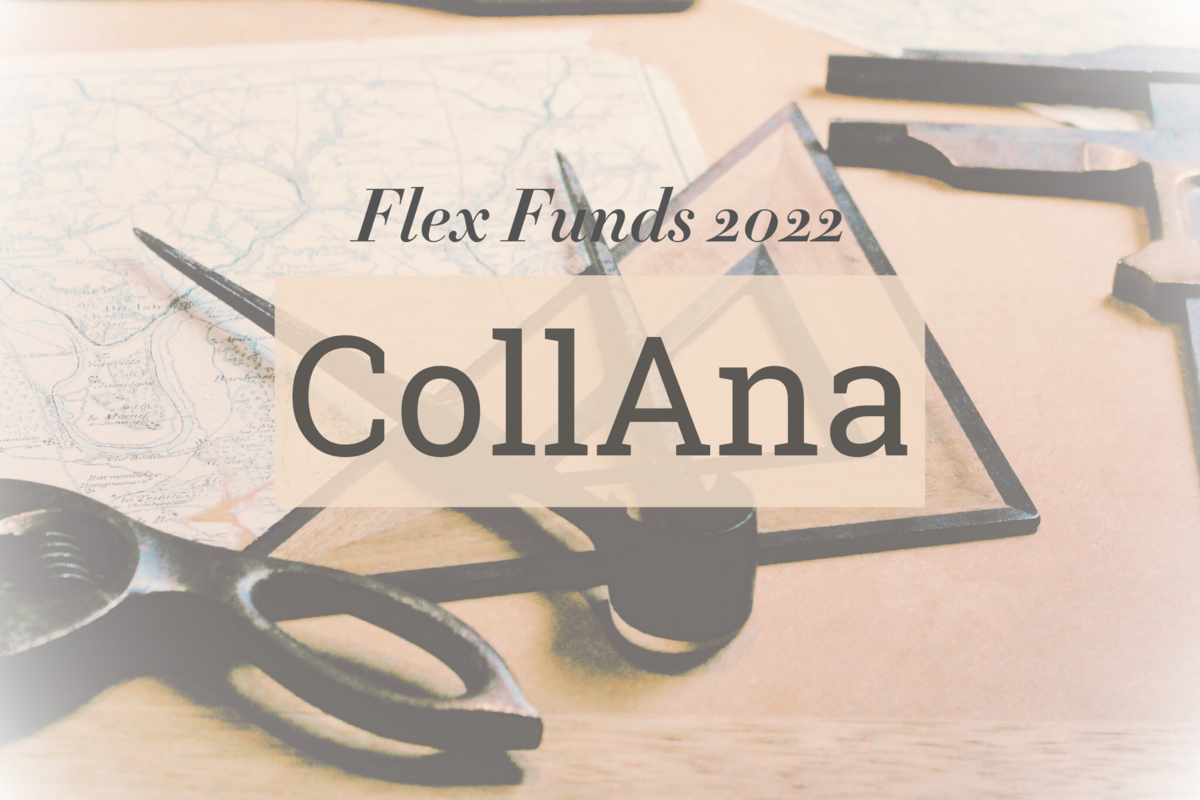
Tools on a wooden table
"Tools lying on a wooden table" CC0 Creator: Fleur, Owner: www.unsplash.com
CollAna is a digital tool (a collation tool) that allows a quick and reliable comparison of printed music editions that at first glance appear to have been produced with identical print media (printing plates, lithographs, type printing, etc.), but which in a detailed comparison (collation) turn out to be variant print editions.
In the 1940s, Shakespeare researchers developed an apparatus for comparing editions that used a complicated illumination process with the aid of mirrors to superimpose the pages of two printed copies in such a way that interventions in the plates were easily recognisable. The method patented by Charlton Hinman ("Hinman Collator") inspired the development of a music-related tool that allows the electronic comparison of multiple copies of historical printing plates, but can also be used in modern music notation in correction processes.
From August 2022 to December 2022, the CollAna tool was further developed within the framework of NFDI4Culture – Flex Funds. The work was supported by two WHB positions, one with a weekly working time of 9.5 hours from August 1, 2022 and a second with a weekly working time of 19 hours from August 22, 2022.
The main objective was to improve, optimise and future-proof the tool. Various measures were taken to achieve this, including updating all libraries, including the Angular framework, to ensure that CollAna remains compatible with the latest technologies in the future.
In addition to these measures, the source code of the tool was documented. Documenting the source code gives developers a deeper insight into how CollAna works and makes it easier for them to work on new features or bug fixes. The source code is available on GitHub at https://github.com/Edirom/CollAna as OpensSource.
A help page has been created to make it easier for users to use CollAna. The help page includes a video tutorial and written instructions on how to use the tool.
The video tutorial guides users step by step through the various functions and options of CollAna. It shows how to upload different versions of a piece of music, compare them and analyse them. The help page can be found at https://collana.edirom.de/help.
In the course of numerous tests, various errors were discovered and documented. However, due to time constraints, not all identified errors could be fixed.
However, despite the difficulties in finding suitable people for the WHB positions, which led to delays in the implementation of the goals, most of the set goals were achieved and CollAna is now more stable and easier to use.
I would like to express my gratitude to NFDI4Culture Flex Funds for their support and funding in the further development of CollAna. I hope that the CollAna tool will find favour not only with musicologists, but also in other fields such as literary studies and art history. The ability to compare and analyse different versions of texts or works of art can provide valuable insights and offer new insights into these fields.
Author: Anastasia Wawilow (University Paderborn)
